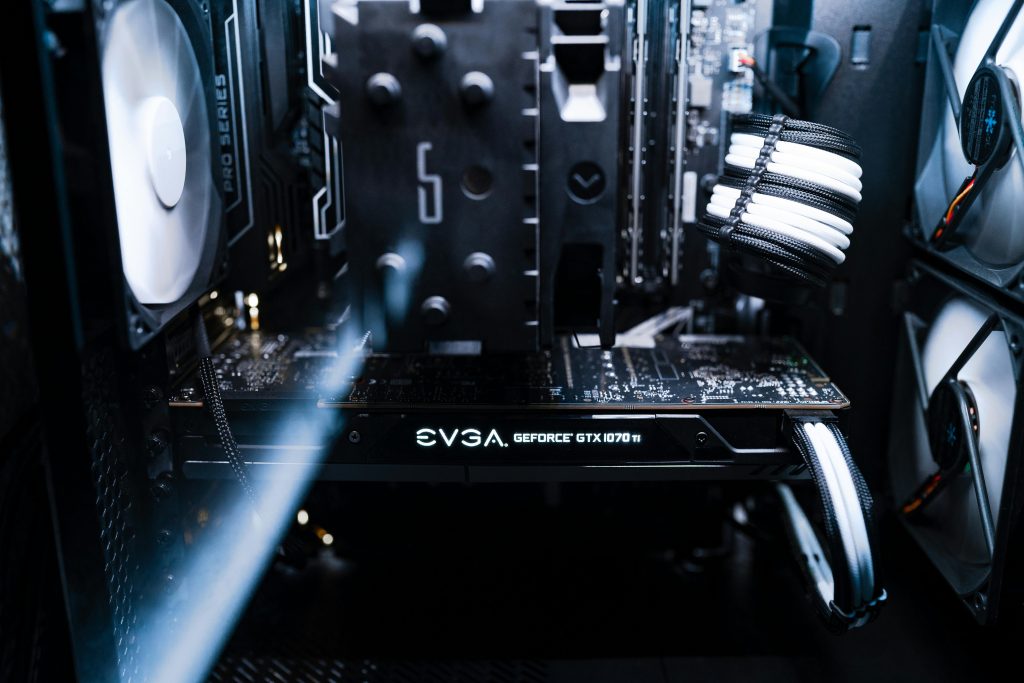Understanding the Risks of an Improperly Seated GPU
Installing a graphics processing unit (GPU) can be a straightforward task, but even minor oversights can lead to potential issues. Recently, I installed a GPU in my computer system and later discovered that it wasn’t fully seated in the PCI slot. After a week of regular usage, I noticed this when performing routine maintenance. This situation begs the question: what kind of damage might occur if a GPU is not correctly secured?
The Importance of Proper Installation
When a GPU is not firmly seated in its PCI Express slot, it can cause a range of problems. The most immediate concern is stability; an improperly connected GPU can lead to system crashes, graphical glitches, or even failure to boot. While experiencing these issues can be frustrating, you may wonder what effects this could have on the longevity of the graphics card itself.
Potential Damage Over Time
-
Electrical Issues: An incomplete connection can result in intermittent electrical contact. This might cause energy fluctuations that can harm the internal components of the GPU. Prolonged exposure to unstable power can lead to issues such as burned-out circuits or damaged capacitors.
-
Heat Accumulation: A GPU that isn’t seated properly may not align correctly with the motherboard. This misalignment can hinder airflow to the cooling mechanisms, resulting in increased heat. Over time, excessive heat can degrade components, reducing their efficiency and lifespan.
-
Performance Problems: If the GPU isn’t adequately connected, it may not function at full capability. You might experience lower frame rates or stuttering during gaming or resource-intensive tasks. While these performance issues are immediately noticeable, they can indicate underlying problems that could lead to further damage.
-
Incompatibility with Updates: An improperly seated GPU may face difficulties with system updates or driver updates. This could result in compatibility issues that hinder performance or even prevent the system from successfully recognizing or utilizing the GPU.
What to Do Moving Forward
Having corrected the seating of the GPU, it’s a good practice to monitor its performance closely. Keep an eye out for any unusual behavior such as crashes, artifacting, or any other signs of distress. If you experience such issues, consider running diagnostic tests or seeking professional assistance.
In conclusion, while it’s difficult to assess the extent of damage without specific symptoms, ensuring a proper installation is crucial for the health of your GPU and overall system. Regular maintenance and vigilance can help mitigate risks and enhance the
Share this content:



